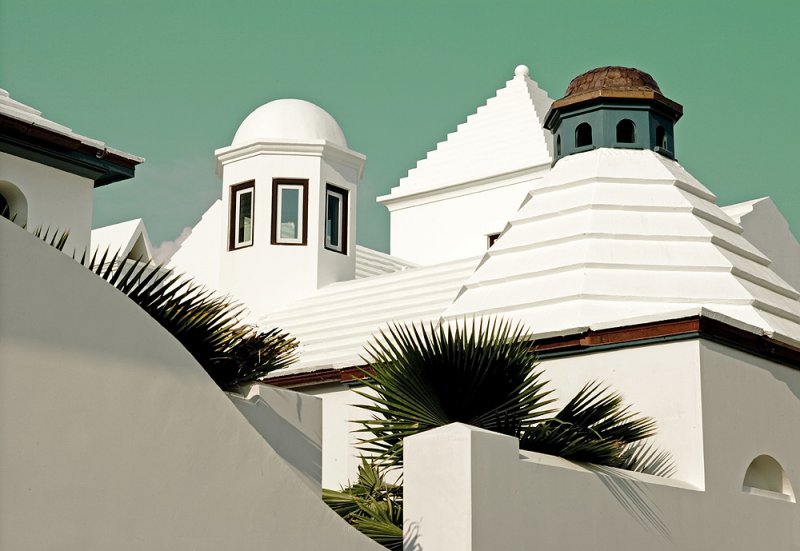Revolutionary German filmaker Wim Wenders no longer wonders about what might be revealed if walls could talk.
Instead, he’s answered the question in a series of six new films called “Cathedrals of Culture,” premiering in October at The Architecture and Design Film Festival in New York.
And he’s done it with a creative ensemble of six award-winning directors, each selecting an iconic building as star.
The international roster includes The Salk Institute by Robert Redford; The Oslo Opera House by Margreth Olin; The Berlin Philharmonic by Wim Wenders; Centre Pompidou by Karim Aïnouz; Halden Prison by Michael Madsen; and The National Library of Russia by Michael Glawogger.
“They’re meditative pieces but there’s something holding them together,” says Kyle Bergman, co-director of the festival. “The question is: What are these buildings saying to us as users?”
It’s a reversal of perspective. The films are not about what we believe about a building, but rather about what that building itself is conveying – through an immersive, 3-D experience. Here, man-made structures are given the opportunity to observe, rather than be observed.
“Buildings have a narrative – when you make a building, it’s telling a story,” he says. “So the question is: What’s their story?”
With the help of each filmmaker’s lens, buildings become active commentators on culture, society and human life, instead of passive vessels for guided tours.
None of the architects of the buildings are interviewed for any of the six contemplative pieces. Rather, it is the directors’ task to interpret. In Redford’s case, his film is about culture and science as expressed by Louis Kahn at the Salk Institute. “He’s exploring the building visually and connecting it to people – there’s even music by Moby” he says.
And though each film stands on its own, he says, collectively they add up to more than the sum of their parts.
The festival opens Oct. 15 at the TriBeCa Cinema.

